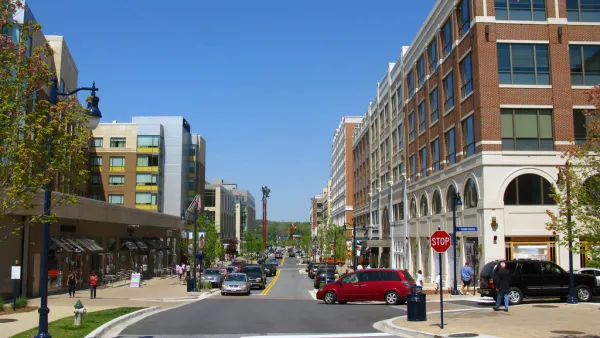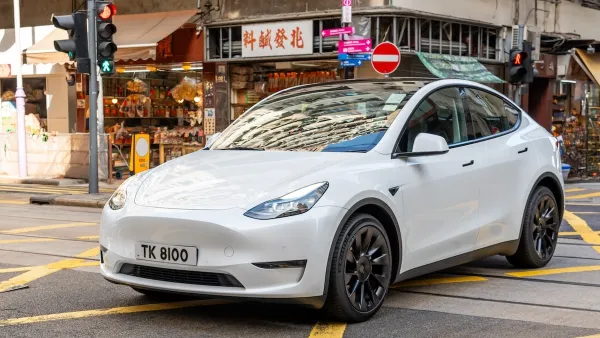An MIT study determined that traffic lights, and their inefficiencies, could be eliminated if all vehicles were equipped to regulate their speed and "batch" together as they approach intersections.

Less a fully autonomous system than an extension of cruise control, the slot-based network could take away the need to wait at traffic lights. "The basic idea is that actors in a system are grouped into batches, and the speed of their movement is carefully controlled to move them more efficiently through a space."
Carlo Ratti and Paolo Santi of MIT have released a study that examines how cars could communicate to navigate intersections without coming to a stop. The system relies on sensors that relay a vehicle's trajectory to a central computer, which can then control that vehicle's speed and group it with other cars before arriving in the intersection.
Essentially, writes Kelsey Campbell-Dollaghan, "What Santi and Ratti are proposing is a super-intelligent piece of software that could take the basic model of a stoplight—cycling between stop and go—and speed it up," so that all vehicles continue through the intersections at slow but steady speeds.
Of course, the article notes, slot-based design has to contend with the same barrier autonomous vehicles face: a human unwillingness to give up control.
FULL STORY: MIT's Not-So-Crazy Plan To Get Rid Of Stoplights

National Parks Layoffs Will Cause Communities to Lose Billions
Thousands of essential park workers were laid off this week, just before the busy spring break season.

Retro-silient?: America’s First “Eco-burb,” The Woodlands Turns 50
A master-planned community north of Houston offers lessons on green infrastructure and resilient design, but falls short of its founder’s lofty affordability and walkability goals.

Delivering for America Plan Will Downgrade Mail Service in at Least 49.5 Percent of Zip Codes
Republican and Democrat lawmakers criticize the plan for its disproportionate negative impact on rural communities.

Test News Post 1
This is a summary

Test News Headline 46
Test for the image on the front page.

Balancing Bombs and Butterflies: How the National Guard Protects a Rare Species
The National Guard at Fort Indiantown Gap uses GIS technology and land management strategies to balance military training with conservation efforts, ensuring the survival of the rare eastern regal fritillary butterfly.
Urban Design for Planners 1: Software Tools
This six-course series explores essential urban design concepts using open source software and equips planners with the tools they need to participate fully in the urban design process.
Planning for Universal Design
Learn the tools for implementing Universal Design in planning regulations.
EMC Planning Group, Inc.
Planetizen
Planetizen
Mpact (formerly Rail~Volution)
Great Falls Development Authority, Inc.
HUDs Office of Policy Development and Research
NYU Wagner Graduate School of Public Service





























